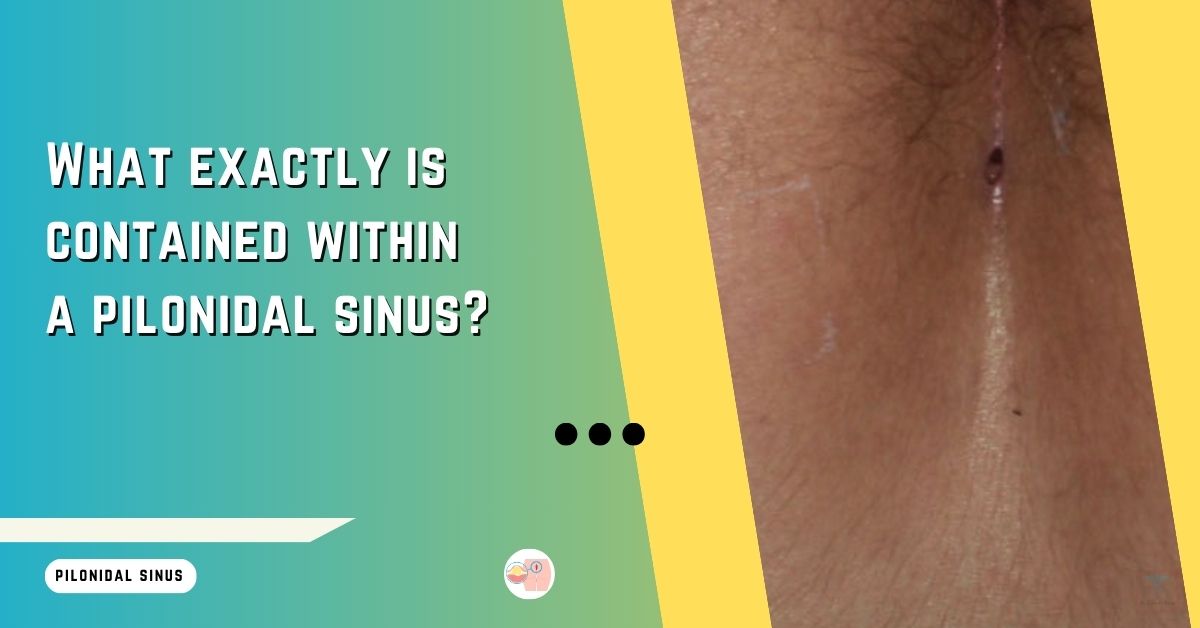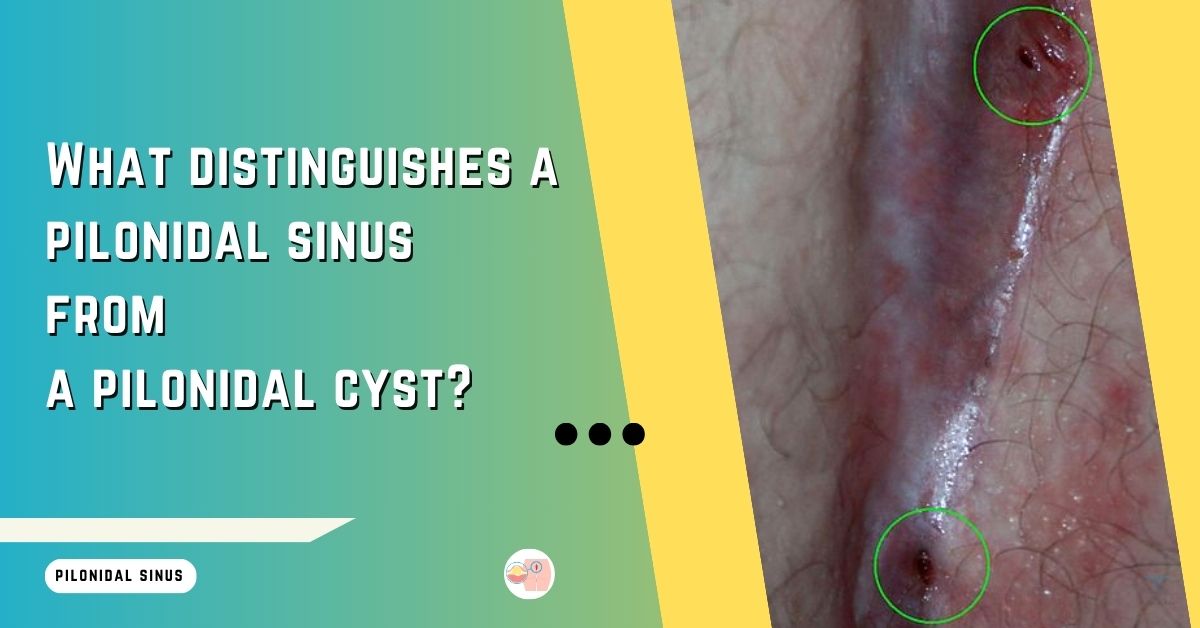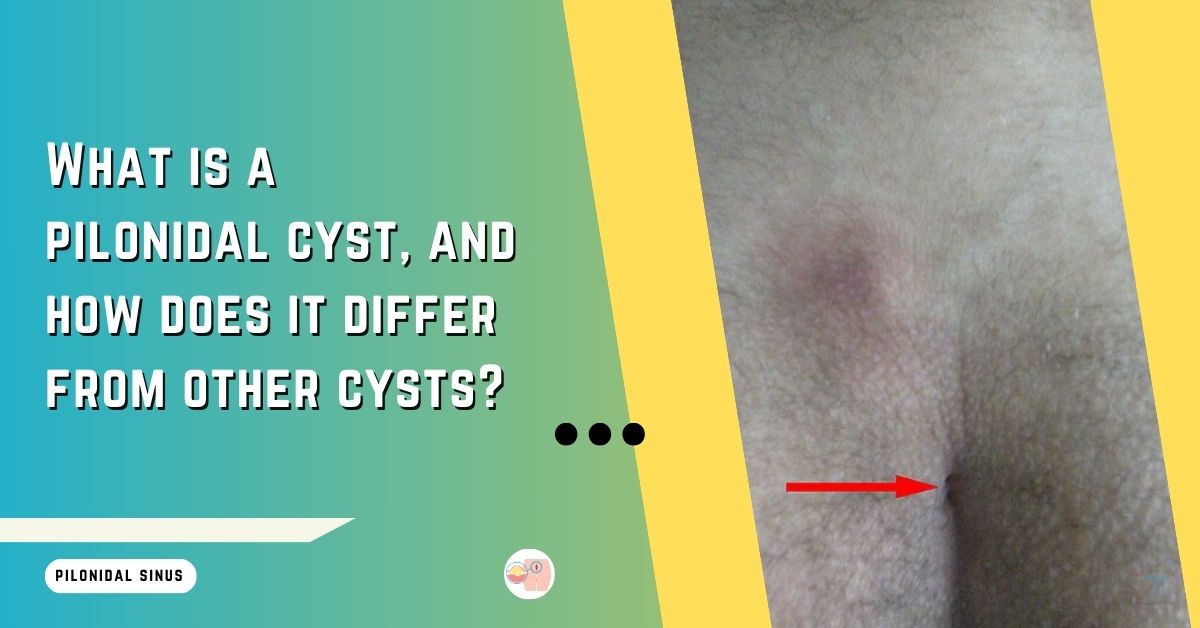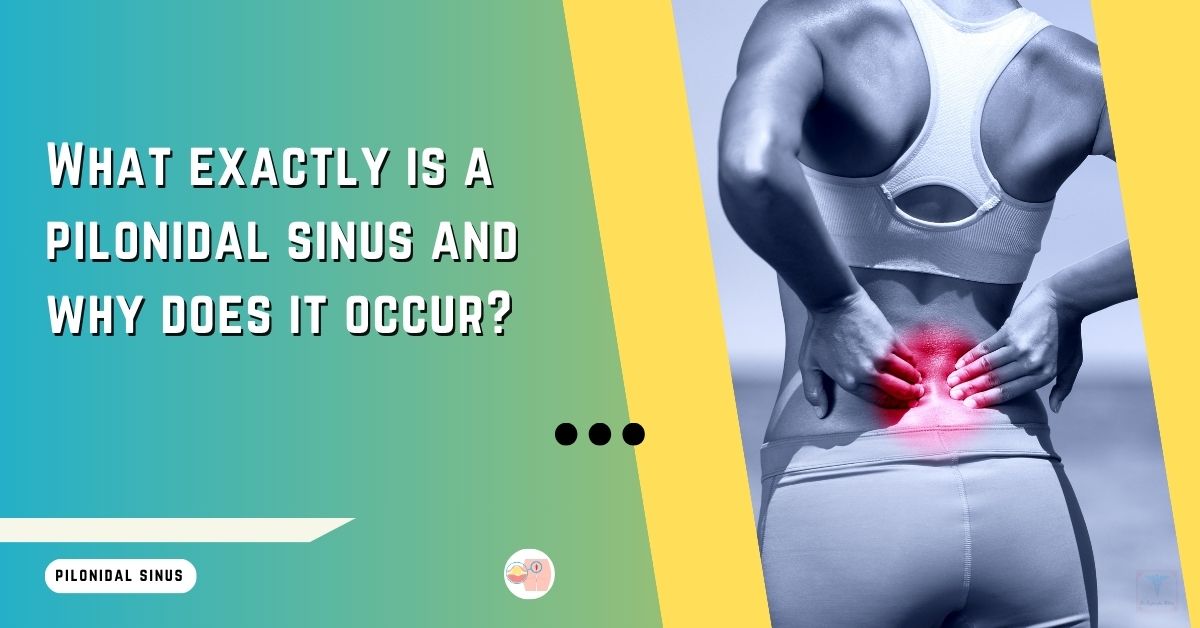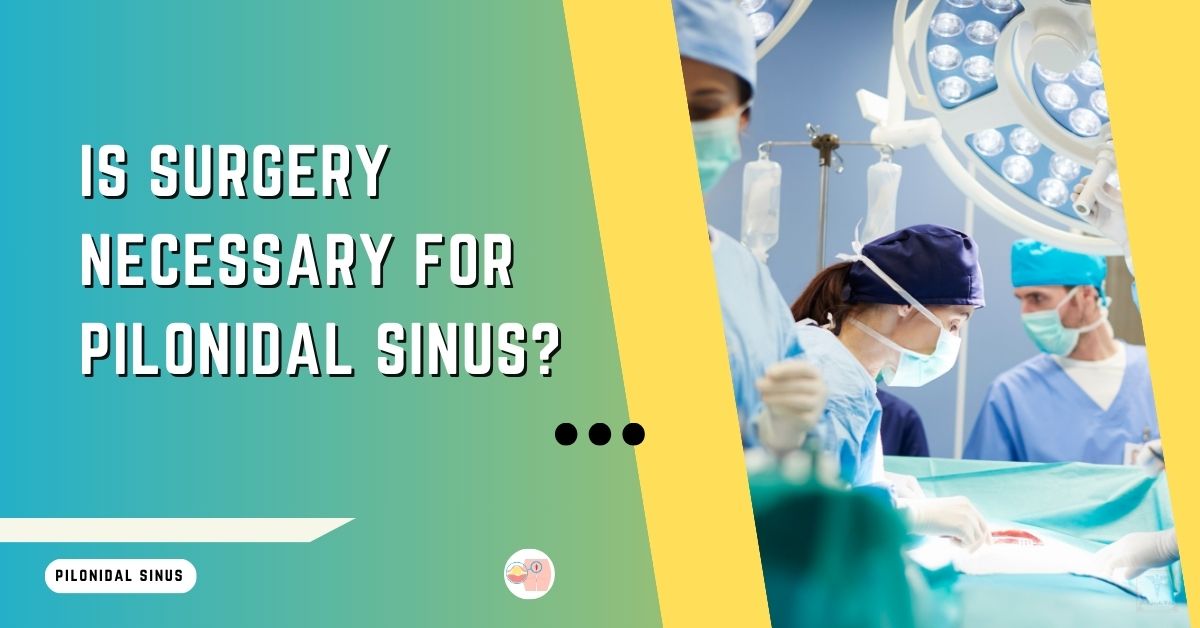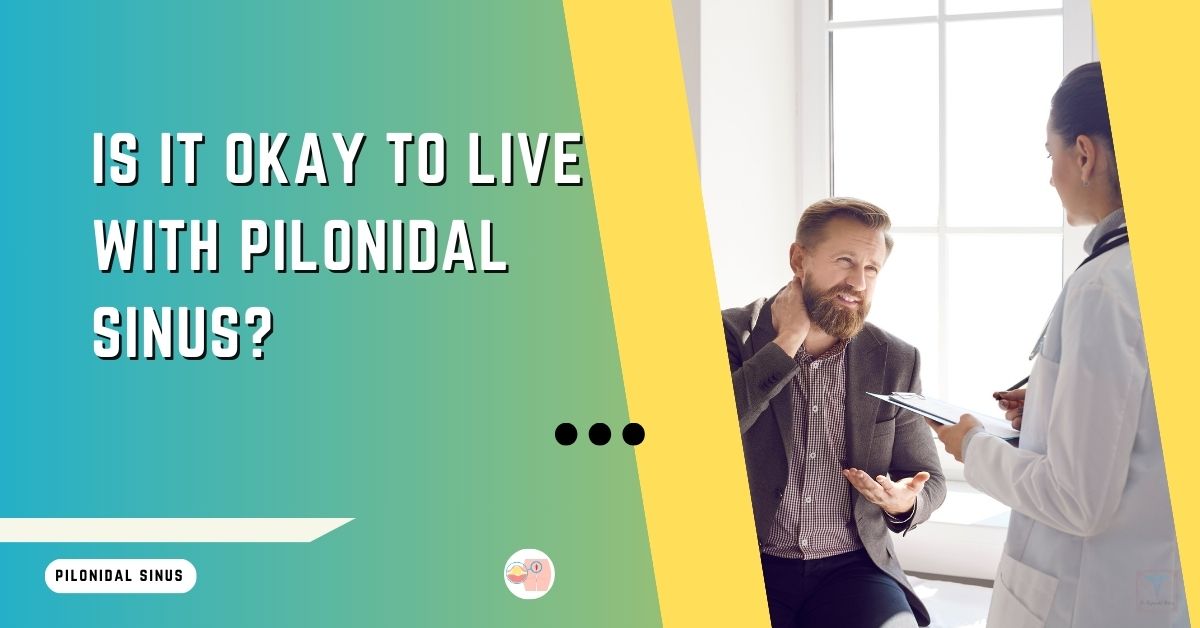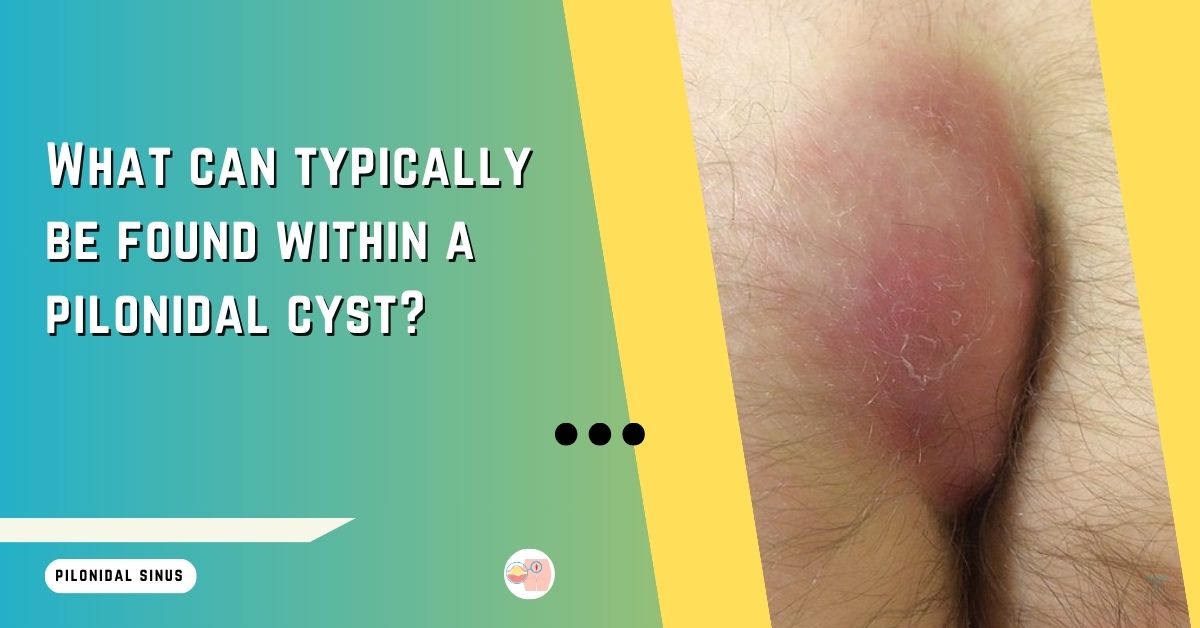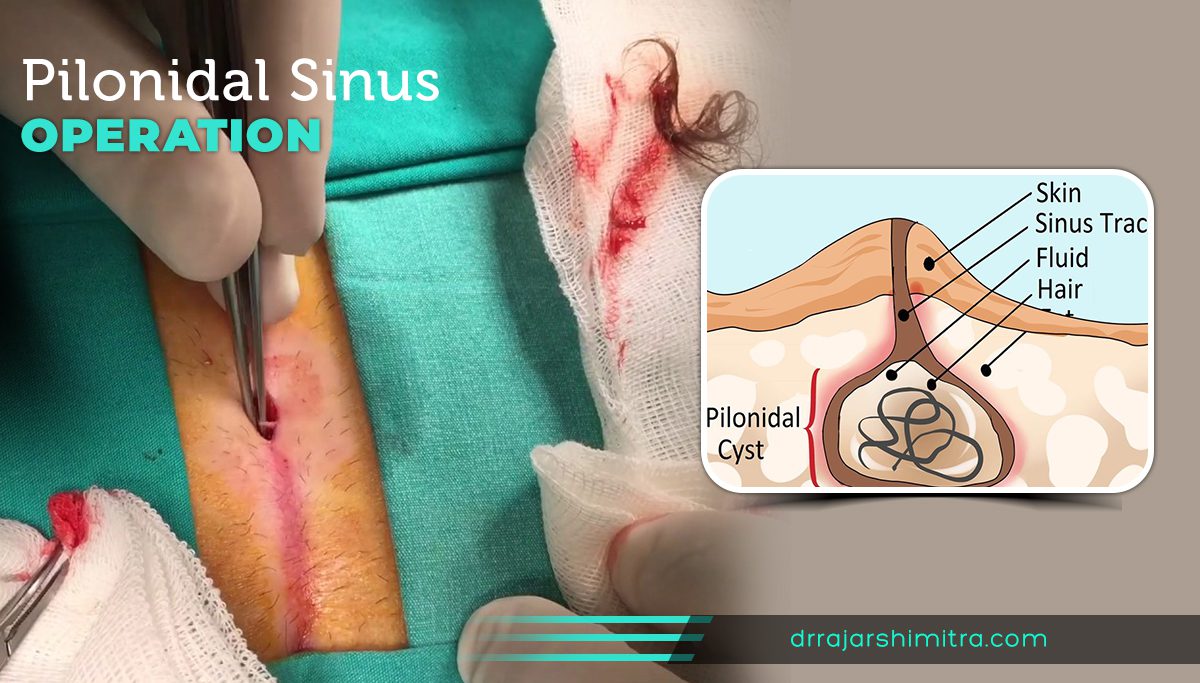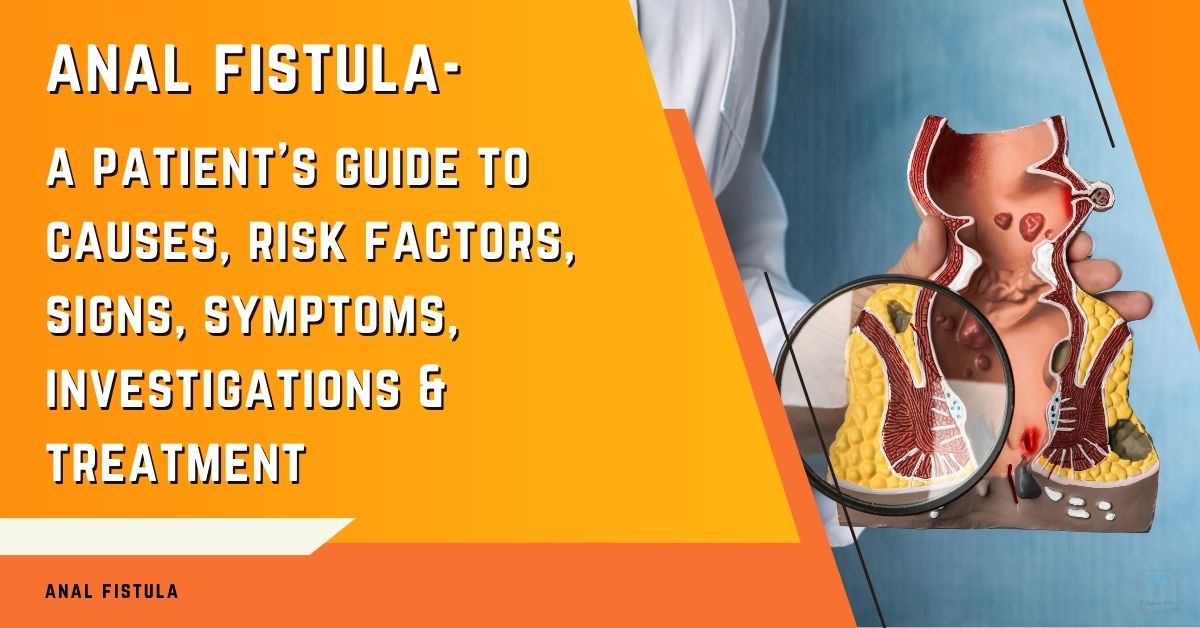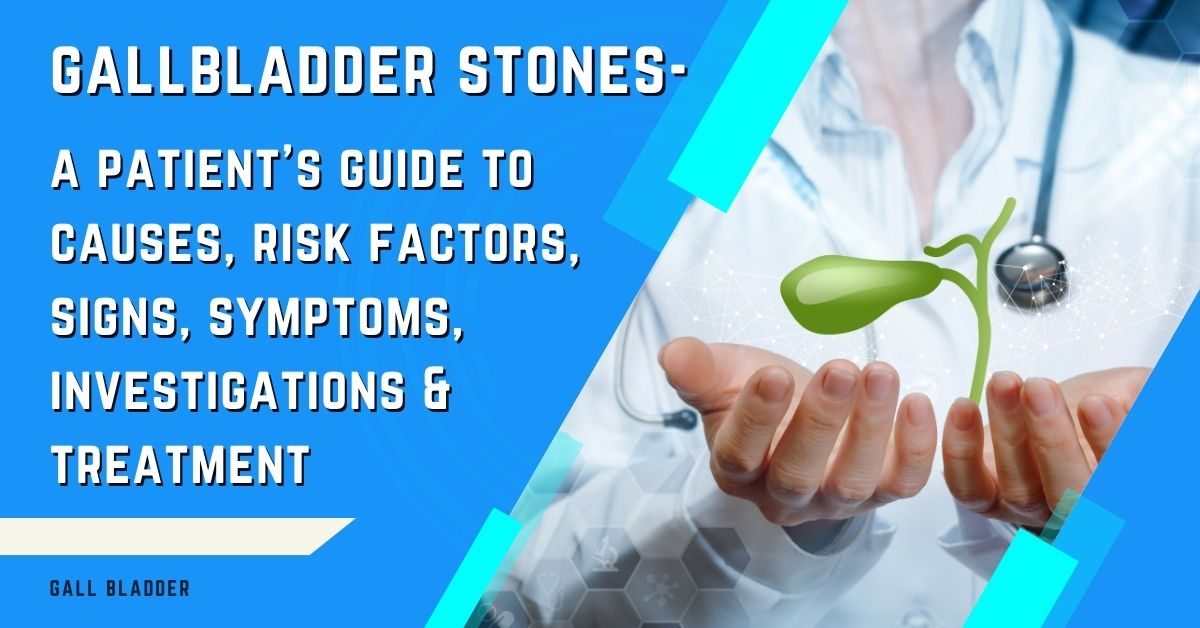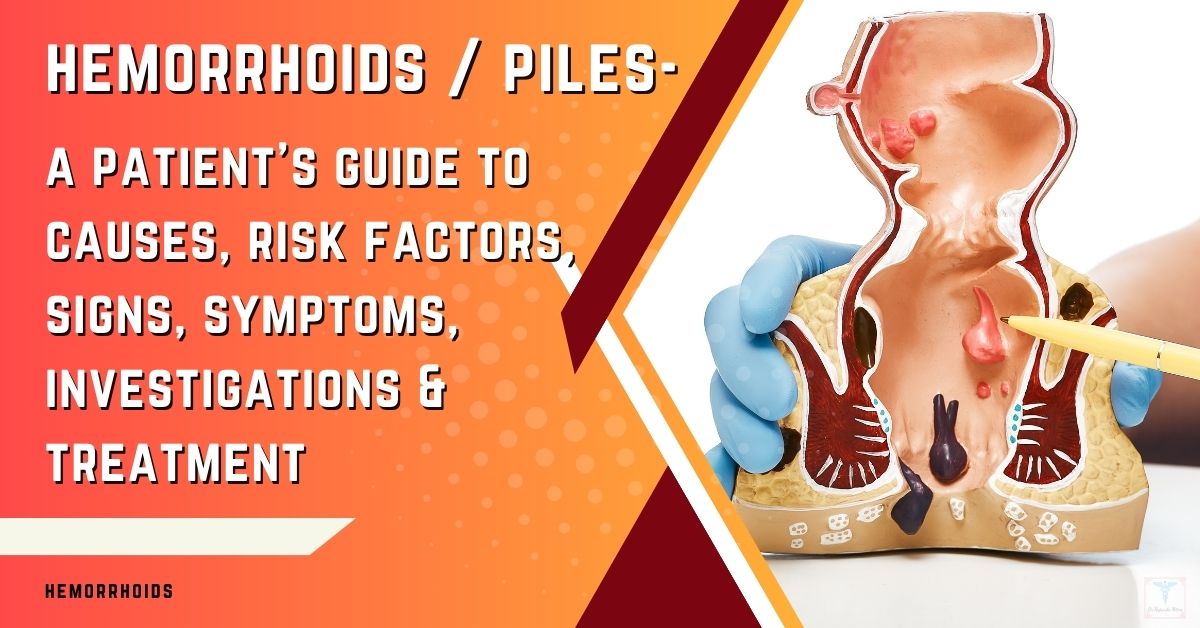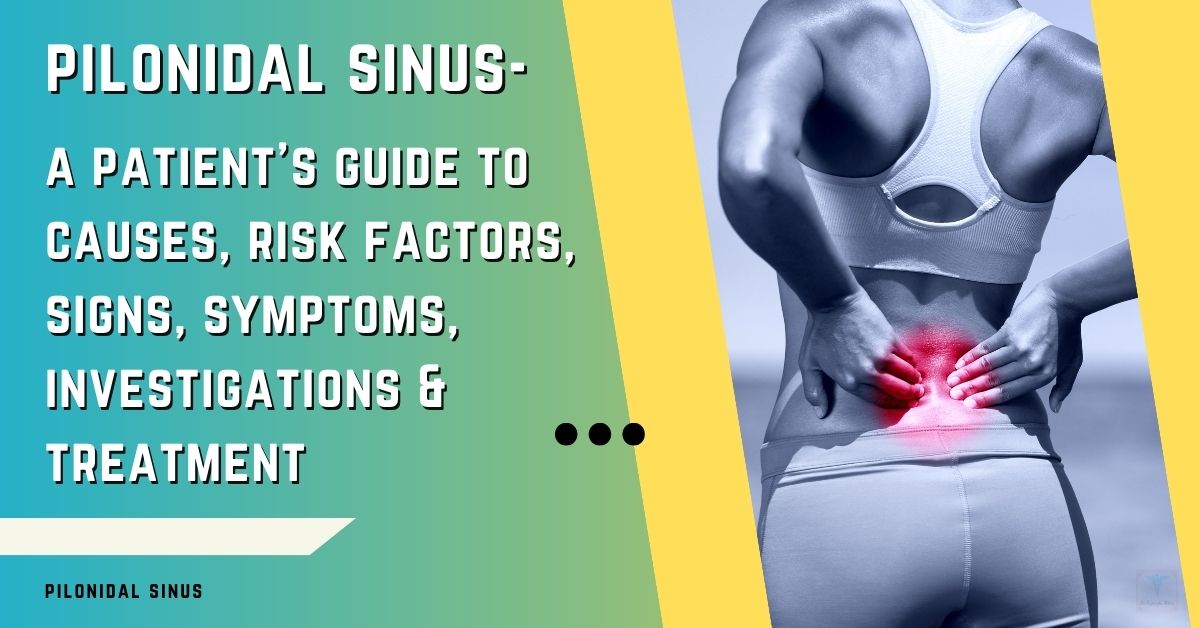A pilonidal sinus is a small cavity or tunnel that forms under the skin near the tailbone (coccyx) at the top of the buttock crease. While a pilonidal sinus may not seem concerning at first, it can lead to complications if left untreated. This condition requires proper medical care to heal and prevent recurrence.
Causes and Development of a Pilonidal Sinus:
A pilonidal sinus develops when hair punctures the skin and becomes embedded. This triggers an inflammatory response resulting in the formation of a small abscess or cyst. With repeated irritation, it can turn into a sinus tract connecting the skin’s surface to the abscess below. Pilonidal sinuses are more common in young adults, especially those with thick body hair. The constant friction and moisture in the buttock crease make this area prone to blockage and infection.
Symptoms and Diagnosis:
The main symptoms are pain, swelling, and drainage near the tailbone. There may also be blood or pus leaking from an opening in the skin. Mild discomfort initially may worsen into acute flare-ups over time. A doctor can diagnose a pilonidal sinus by visual examination and feeling for any pits, tracts, or abscesses. Sometimes imaging tests are needed to see the extent of the problem.
Treatment Options:
– Conservative treatment involves keeping the area clean, using heat packs, and taking antibiotics for infection. This may help small or mildly inflamed sinuses heal.
– Incision and drainage is done for larger or recurrent abscesses to relieve pressure and pain. The tract is left open to heal from the inside out. Regular wound care is required.
– Surgery removes the entire sinus tract and infected tissue to prevent recurrence. The options are – excision and leaving the wound open, excision and primary closure with stitches, or flap procedures for complex or extensive disease. Spinal anesthesia is used in most cases. Recovery takes 2-4 weeks.
Recurrence and Complications:
Pilonidal sinus has a high recurrence rate of around 15-40% after conservative treatment. With surgery, the chances of it coming back are much lower, less than 10% if the wound heals well. Complications like recurrent abscesses, extensive infection, and chronic non-healing wounds are seen in neglected cases.
Summary of Key Points:
– A pilonidal sinus forms near the coccyx due to hair penetration and inflammation in the buttock crease.
– It may initially cause mild symptoms but can flare-up into a painful abscess if left untreated.
– Conservative care has a high recurrence rate. Definite surgery removes the entire tract and helps prevent the problem from coming back.
– Serious complications like chronic infection and non-healing wounds can occur in neglected cases. Proper treatment is needed to avoid these issues.
I hope this overview helps you understand the condition better. A pilonidal sinus needs proper medical care and follow-up to treat it effectively and prevent complications. Let me know if you have any other questions!
Dr. Rajarshi Mitra is a patient-centered, highly-rated Specialist Laparoscopic Surgeon & Proctologist in Abu Dhabi, offering Advanced Laparoscopic Surgery, Minimally Invasive Proctology & Lasers in Proctology. He is MBBS; MS (Surgery); FIAGES; FICS (USA); Dip. Lap (France); and Dip. Hernia (APHS) with 18 years of extensive experience in Laparoscopic Surgery, Minimally Invasive Proctology and Fellowship training in Colorectal and Bariatric Surgery.





